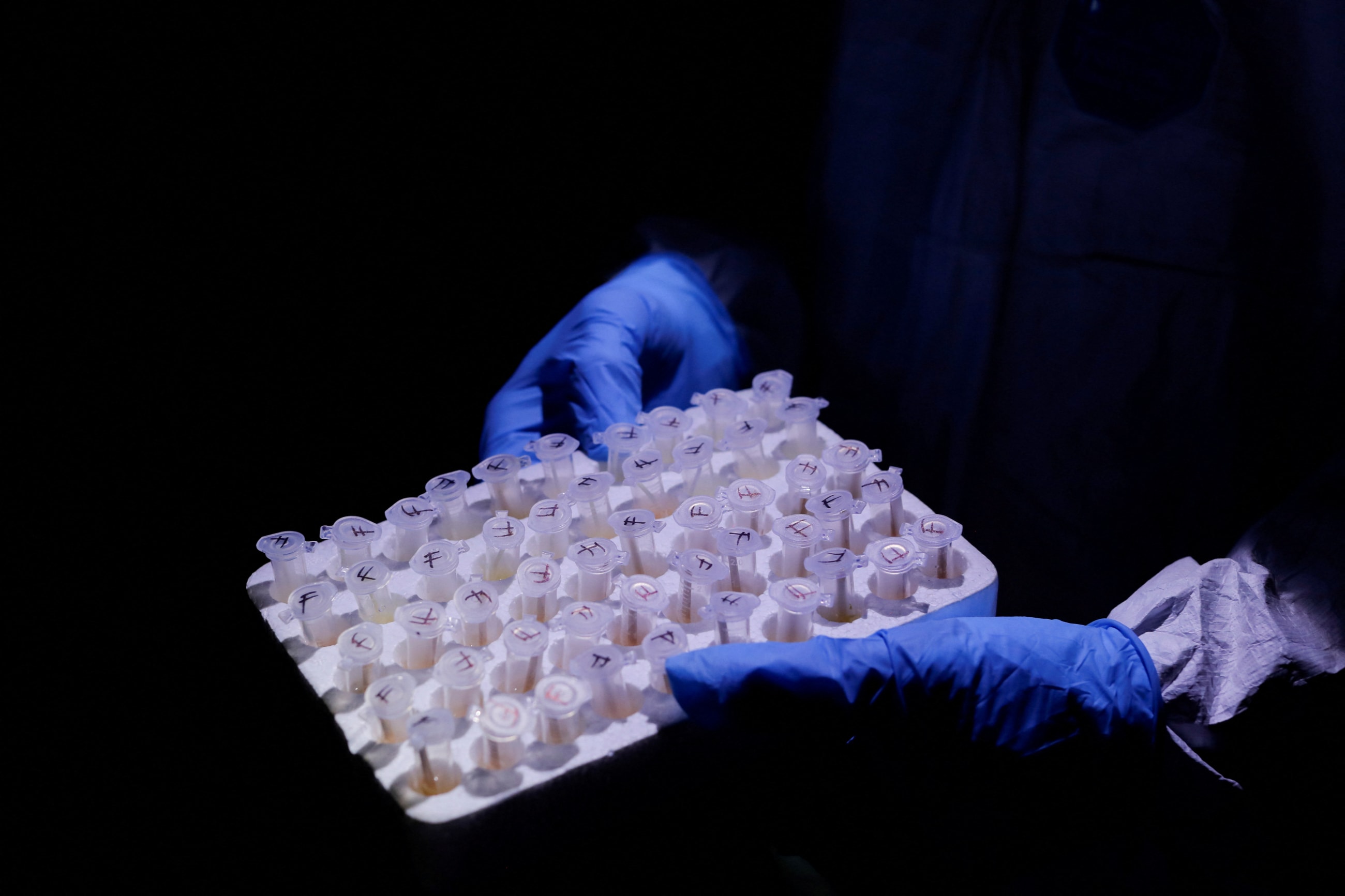The United States is at a crossroads as policymakers revisit a decades-old debate on whether—or how—scientists should add biological functions to pathogens such as viruses or bacteria, what is known as gain-of-function (GOF) research. Several recent expert recommendations—such as one by the National Institutes of Health and another by the American Society for Microbiology—have made their way onto policymakers' desks, and some federal and state lawmakers have floated the idea of banning some GOF research entirely. But much is misunderstood about GOF research, and without taking a nuanced look at the issue, one-size-fits-all restrictions will do more harm than good.
GOF research has made headlines for its potential risks—particularly following the debated origins of the COVID-19 pandemic. Just as important, though, are the ways that it can safeguard humanity through medicine and science. For example, changing a pathogen's DNA can help researchers understand what the altered genes do, how the pathogen causes disease, and how to develop effective vaccines and therapies. That's why it's so important to get GOF oversight right so that we can ensure that we are safe from future outbreaks without blocking scientific innovation.
GOF research is not uniformly good or bad: it's better understood as a technique that is fundamental to many scientific and medical breakthroughs, but can also be dangerous if applied irresponsibly to high-risk, highly virulent pathogens. We recently reviewed approximately seven thousand gain- and loss-of-function publications from the last two decades and showed how diverse this body of research is. The work taking place should not be painted with a broad brush because it occurs along a spectrum of potential risk and benefit.
The work taking place should not be painted with a broad brush because it occurs along a spectrum of potential risk and benefit.
GOF studies vary in risk based on the type of pathogen being modified. These range from common, benign strains of bacteria used in pharmaceutical production to riskier pathogens such as avian influenza or MERS to develop and test new treatments. Many pathogens fall somewhere in between, presenting some risk to human health that could be increased with certain modifications. Even though scientists need to study high-risk pathogens to prepare for future outbreaks, such research could be dangerous if the resulting pathogens are deliberately or accidentally released.
The risk also varies depending on whether the experiment might cause animal-to-human transmission. Animal research is a long-standing and established way to study diseases in living systems that helps in developing and testing new medicines. However, animals that are biologically similar to people—such as nonhuman primates or pigs—may be able to pass infectious diseases to human researchers. GOF research that involves these animals needs to take special precautions.
Rather than a one-size-fits-all approach, national policies should reflect these factors, which can vastly alter a GOF study's potential risk. In our review, we found that the majority of identified GOF research is not conducted on the highest-risk pathogens and does not use the animal species that pose the greatest risk of spillover. By focusing on those that do, future policies can better differentiate between experiments that are more or less likely to cause human exposure while saving time and streamlining regulatory processes.

For such targeted policies to work, it will be important that regulators develop clear and scientifically sound definitions for categories of risk. At present, some scientists find it difficult to determine whether their experiments are subject to regulation under existing policies because the criteria that these policies use to identify potentially dangerous pathogens are subjective, open to interpretation, and rely on predicting the results of experiments before they are conducted. Policymakers need to more clearly define the types of pathogens and experiments that will trigger regulatory action so that scientists can make informed decisions about their own research plans.
Even as we identify the factors that elevate the risk posed by GOF research, it is important for policymakers to allow some "risky" research, with necessary safeguards, because this research helps us understand and prepare for dangerous human and agricultural pathogens, and humankind will be far less safe if it doesn't continue. Policies, though, should ensure that this research is properly reviewed and conducted with the appropriate safeguards.
Policies… should ensure that this research is properly reviewed and conducted with the appropriate safeguards
All scientific research on infectious diseases—including GOF research—is safer when institutions and researchers have the appropriate resources for training, infrastructure, and oversight of biosafety. Policymakers must ensure that institutional biosafety and biosecurity personnel clearly understand their roles and have the funding and resources to implement new measures. Researchers can also get involved by participating in foundational biosafety training themselves. A well-resourced biosafety and biosecurity infrastructure is more likely to result in safer research with fewer accidents and effective responses when they do occur.
Blunt efforts to restrict and regulate this research may miss the mark. Instead, good policy will allow scientists to conduct research that can lead to beneficial breakthroughs while monitoring the specific aspects of GOF research that contribute to risk.













